Battery-Powered GPS Trackers
Connect more of the assets that matter with our range of GPS trackers with long battery life.

Company: TG Tracking
Website: https://www.tgtracking.co.za/
Country: South Africa
Industry: Livestock Tracking
Connectivity: 2G
Oyster2 2G
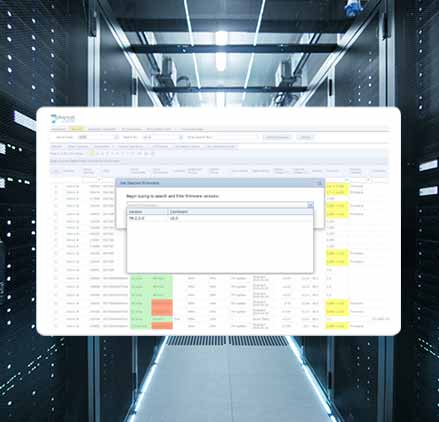
OEM Server
Telematics Guru
In partnership with Rhino 911, a not-for-profit organization providing helicopter rescue to injured or orphaned rhinos due to poaching and other injuries, TG Tracking is using the Oyster2 battery-powered GPS and Telematics Guru to help prevent poaching in South Africa.
According to TRAFFIC, the wildlife trade monitoring organization, South Africa is home to about 80 percent of the world’s 29,000 rhinos.
Though 2019 is the third year in a row the number of rhinos poached in South Africa has dropped—from a high of 1,215 in 2014—African rhinos remain under severe threat from poaching and habitat destruction.
For these reasons, very few African rhinos now survive outside of protected areas and sanctuaries.
Organized poaching groups are also using increasingly sophisticated methods to locate and track rhinos, including helicopters, night vision equipment, and powerful veterinary drugs.
In addition to reducing demand for rhino horns, conservationists are implementing proactive and preventative anti-poaching technologies to protect rhino populations across Africa.
Sprawling across 12,500 acres, Mziki Safari Lodge is a private reserve home to “four of the big five” animals of Africa – Elephant, Buffalo, Rhino and Leopard. For anti-poaching rangers and farm managers, that’s a lot of ground to cover.
Traditional battery-powered GPS tracking devices are often plagued by the same short fallings:
TG Tracking required a robust, flexible, and most importantly, reliable battery-powered GPS tracking solution to provide anti-poaching units and farm managers with more than just life-saving location tracking.
With industry-leading battery life, a high-precision GPS/GLONASS positioning system, built-in battery-life management, and a 3-Axis accelerometer, TG Tracking began trialling the Digital Matter Oyster device in 2017.
Designed for location tracking, behavior monitoring, theft recovery, and more, the Oyster2 is installed or concealed on, or in, all sorts of assets – mainly industrial ones, like vehicles, trailers, containers, and more. You know – normal stuff.
But when it comes to tracking rhinos… well, things get a bit more complicated.
Fitted around the Oyster2, TG Tracking developed a custom collar, enhancing the device’s battery-life, temperature tolerance, and ensuring maximum comfort for the animals.
TG Tracking’s unique resin potting houses the Oyster2 and a custom SAFT D-Cell battery-pack, which enables longer battery-life and extreme temperature tolerance.
TG Tracking’s unique 3-layer structure and light-weight internal webbing ensures sufficient strength and durability, and the collar’s soft, rolled edges also protect the animals from irritation.
Prior to fitting animals with the custom collars, the Oyster2 is provisioned using our Device Management platform, where the frequency of location updates, geofences, accelerometer settings, and other tracking parameters are carefully set.
In order to protect both farm managers and the animals themselves, the rhinos are first sedated from helicopters and safely guided to a clear, unobstructed area.
Collars are attached to the rhino’s front legs, as seen below.

The time of collaring, veterinary information, and more information on the animal is captured and saved in Telematics Guru. The rhinos are then closely monitored as they regain movement.
Anti-poaching units monitor the rhino’s locations 24 hours a day. Location data captured by the Oyster2 is also used to understand daily routes and distance travelled, areas of grazing, and other general behavioural patterns to ensure high-traffic areas are always protected.
The Oyster2’s Coulomb Counter is used to calculate highly-accurate remaining battery-life predictions. Timely low-battery alerts are sent to all units, ensuring ample time to schedule replacement.
Geofencing works alongside location tracking by creating a virtual boundary around specific areas of the park. If animals move beyond these boundaries, units are immediately alerted.
Geo-fence downloads and alerting allow the farmers to be informed if the Rhino has moved out of its usual behavioural locations – possibly due to poaching.
The Oyster’s 3-Axis Accelerometer enables smart movement-based tracking features. If the rhino reaches a certain speed for a set amount of time, a “running alert” is triggered, alerting units of a possible disturbance on the grounds.
Immobility, or “rhino down” alerts are also configured and immediately triggered if the animal stops moving for a configurable amount of time.
Recovery mode is available on the Telematics Guru tracking app, a one-touch button which activates live-tracking at 30 second intervals, allowing units to follow the rhinos path in real-time if injury or poaching is expected.
KML (Keyhole Markup Language) files are available and exported from Telematics Guru weekly to plot and display geographic data on third-party GIS software.
TG Tracking track Leopards, Elephants as well as Rhino using Digital Matter’s wide range of devices.
“Other GPS tracking devices do not match the reliability and robustness of Digital Matter’s devices,” says Nick French, Founder, TG Tracking.
“Working with Digital Matter and their support team has been a key reason for our success with this project. There is often lots of testing and troubleshooting that happens in these unique cases, and Digital Matter have been part of this process every step of the way.”

Image: Jenny and Leigh from Digital Matter securing the Oyster2 and custom collar to a rhino in South Africa.
Looking for a similar solution? Contact us today.
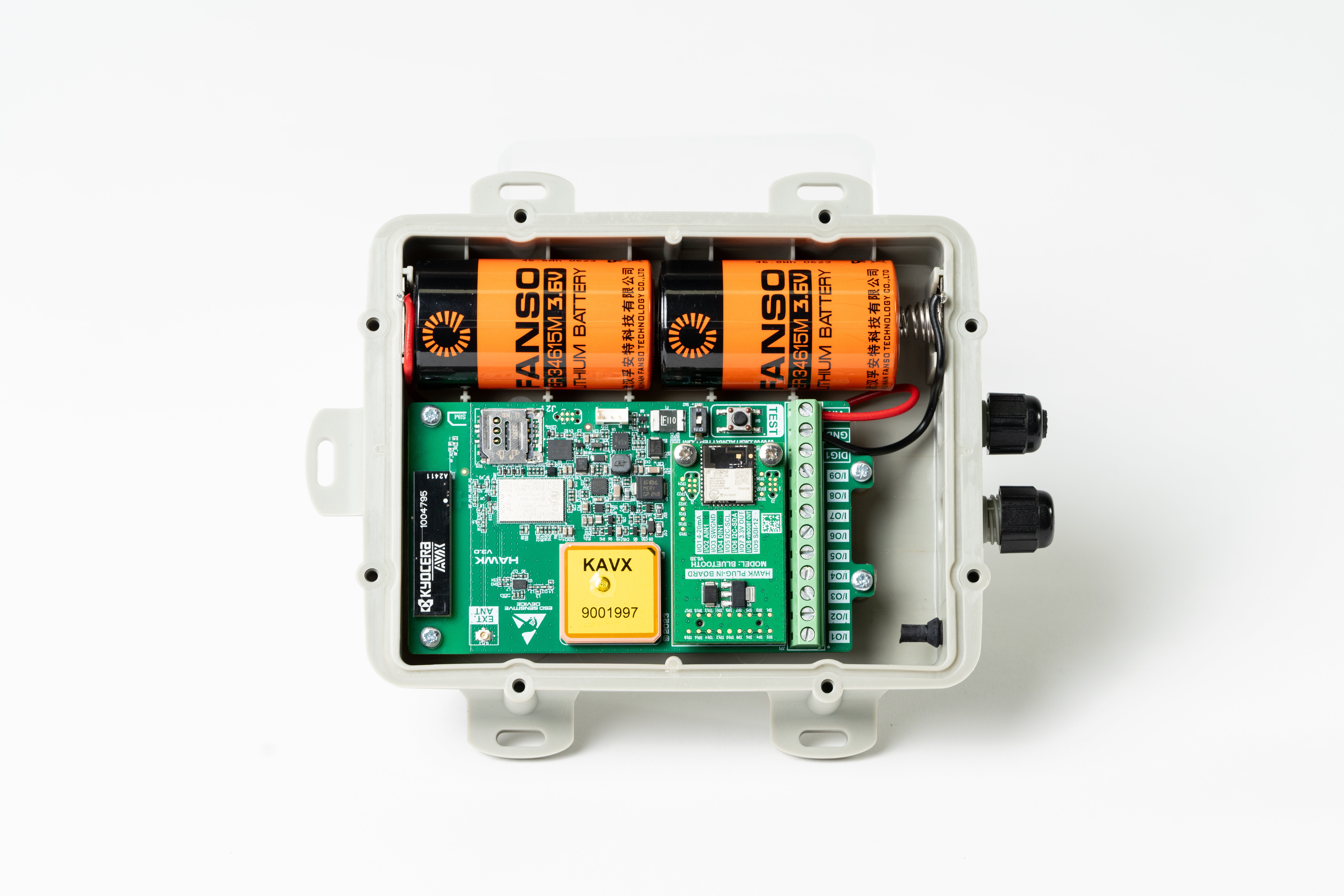
Related Case Studies
Battery selection plays an important role in determining how well a data logger performs in the field. This is especially important in challenging thermal environments or in scenarios where the data logger needs to power demanding sensors.
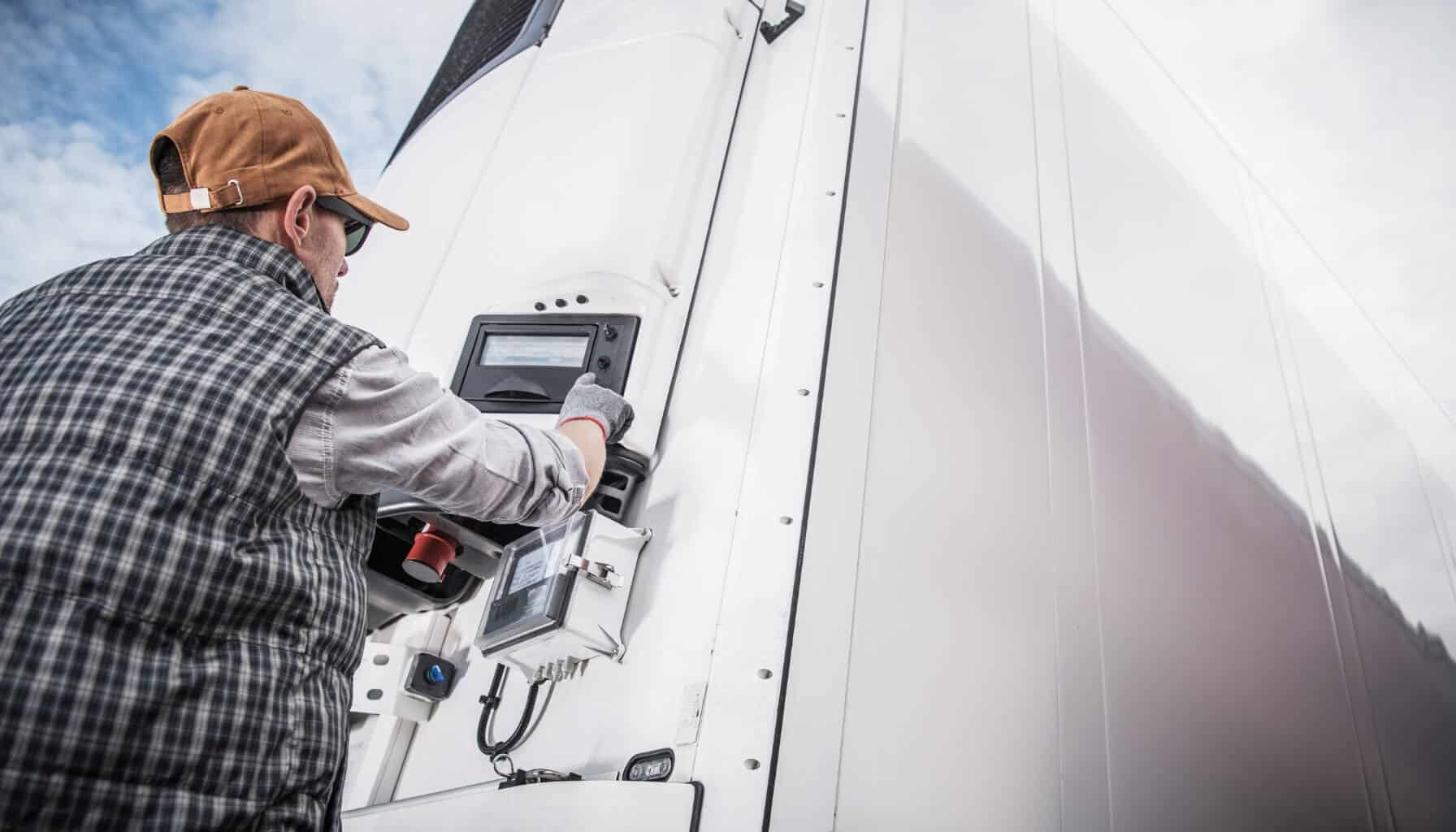
Related Case Studies
In today’s world, the need for precise sensor monitoring is becoming more and more prevalent. Temperature and humidity sensors are among some of the monitoring tools that play a pivotal role in maintaining optimal conditions for many industries, from cold chain logistics, healthcare, all the way to agriculture. This article will explore the fundamentals of temperature and humidity monitoring, the technology, applications, and role of data loggers for communicating temperature and humidity data.
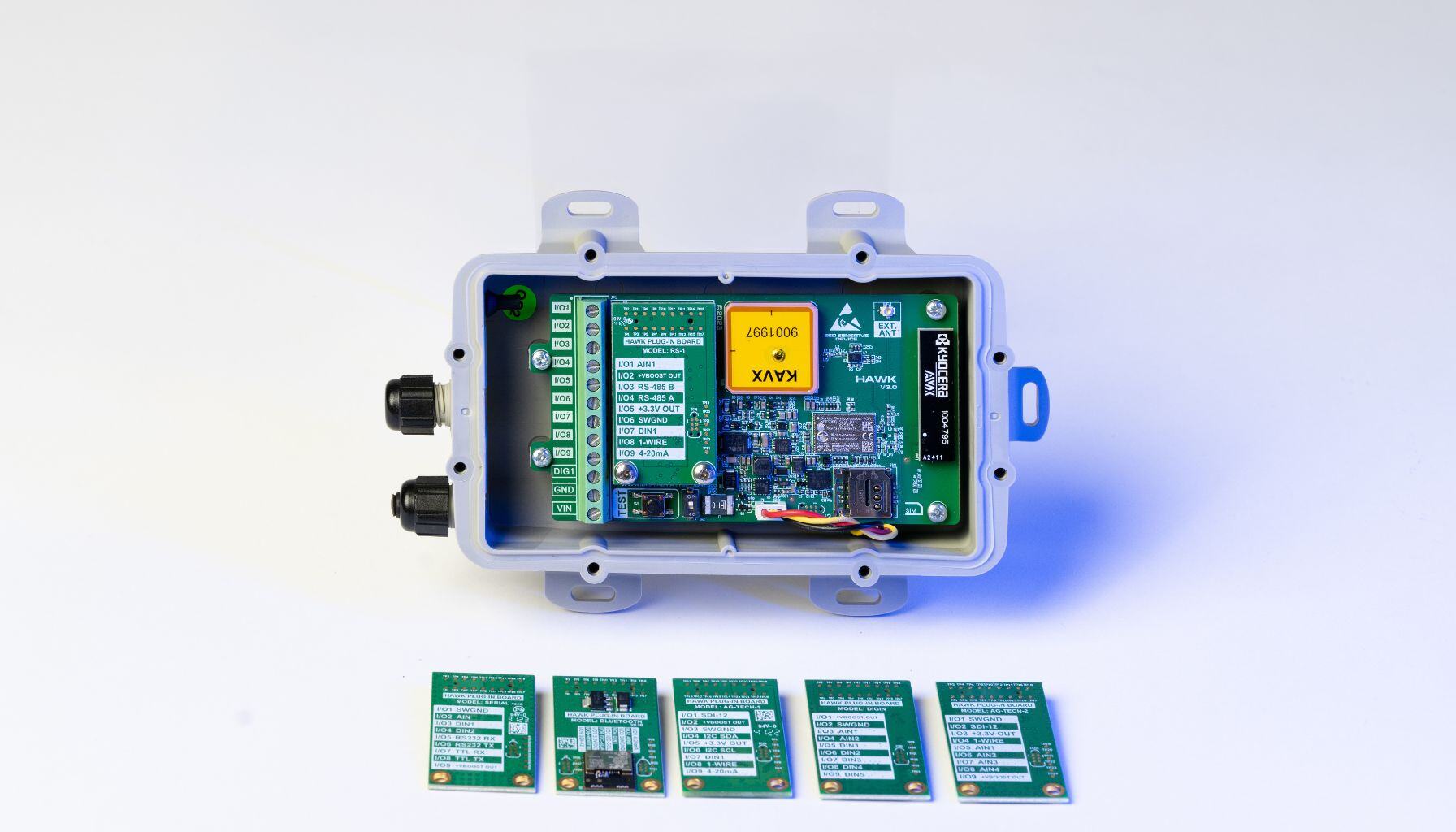
Related Case Studies
What is an NB-IoT Data Logger? Data and real-time insights allow businesses to optimize operations, monitor conditions, and make informed data-driven decisions. NB-IoT data loggers play a pivotal role in ensuring businesses are equipped with the right data, at the right time. NB-IoT data loggers allow for wireless, remote data collection from sensors, allowing businesses to capture integral data without any manual effort.
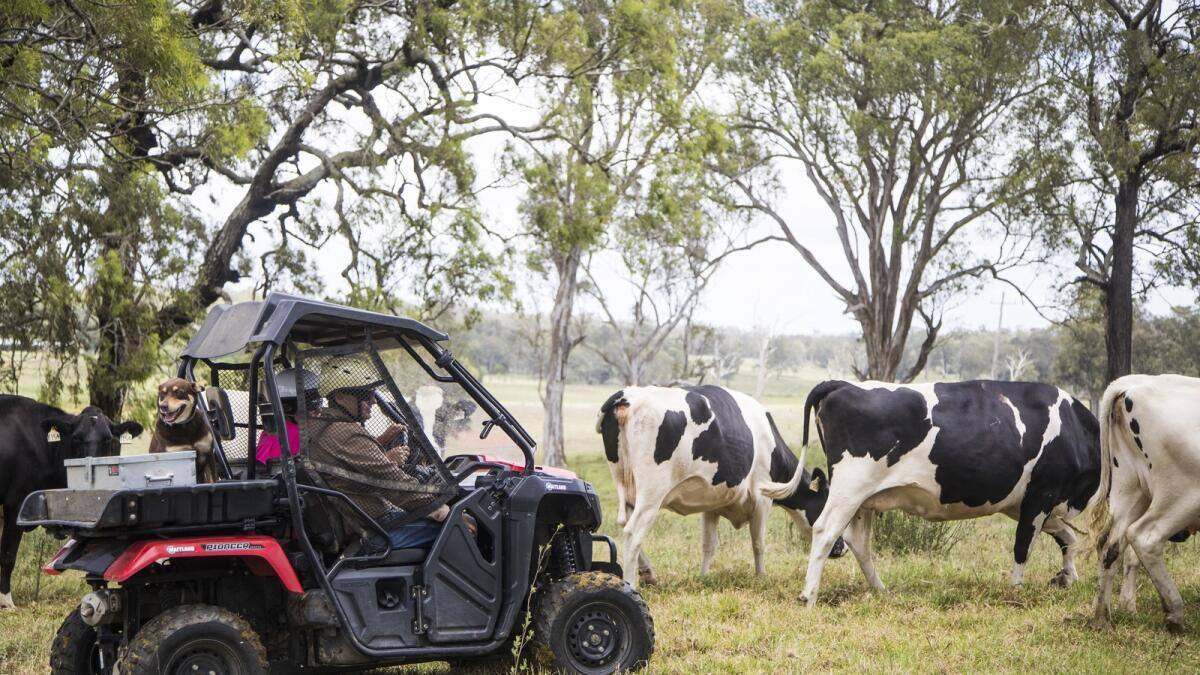
Related Case Studies
Agriculture is rapidly evolving with the integration of IoT technology, enabling farmers and agribusinesses to optimize operations, increase yields, and enhance sustainability. By leveraging remote sensors and data loggers, such as the Hawk, agricultural professionals can gain real-time insights into environmental conditions, equipment usage, and livestock movement to make data-driven decisions.
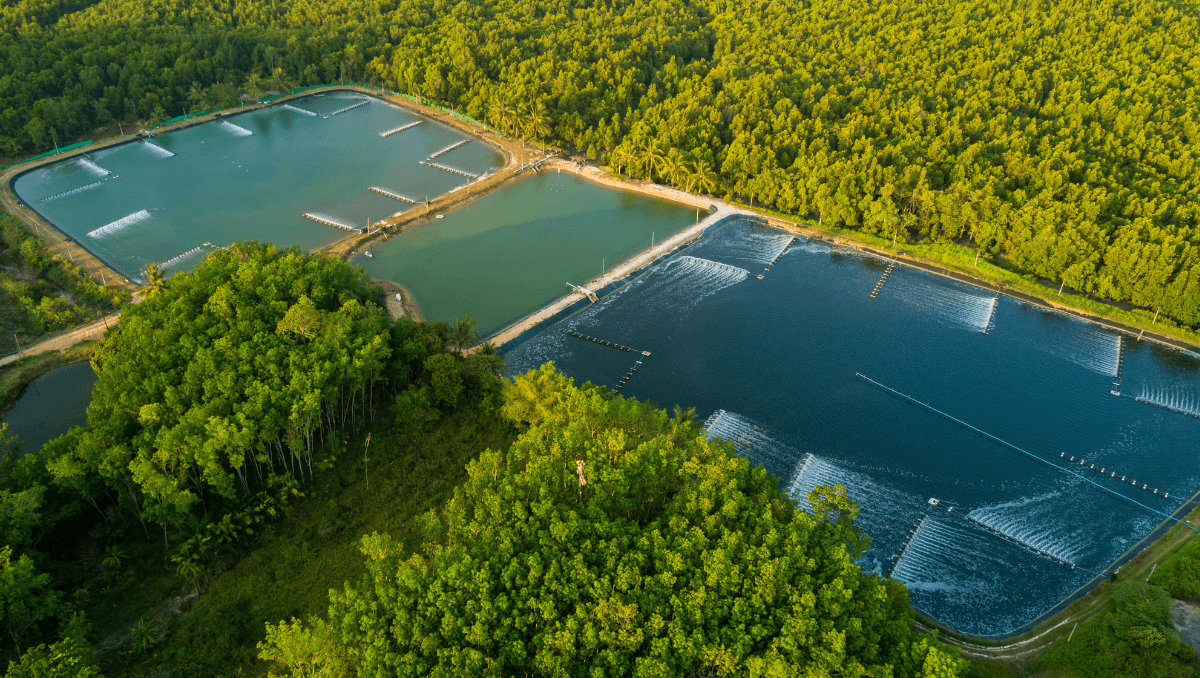
Related Case Studies
IoT plays an integral role in the modernization of smarter water management, allowing for greater efficiency, improved resource allocation and, enhanced sustainability. Learn how IoT has improved water management practices and discover the technology making this possible for industries around the world.
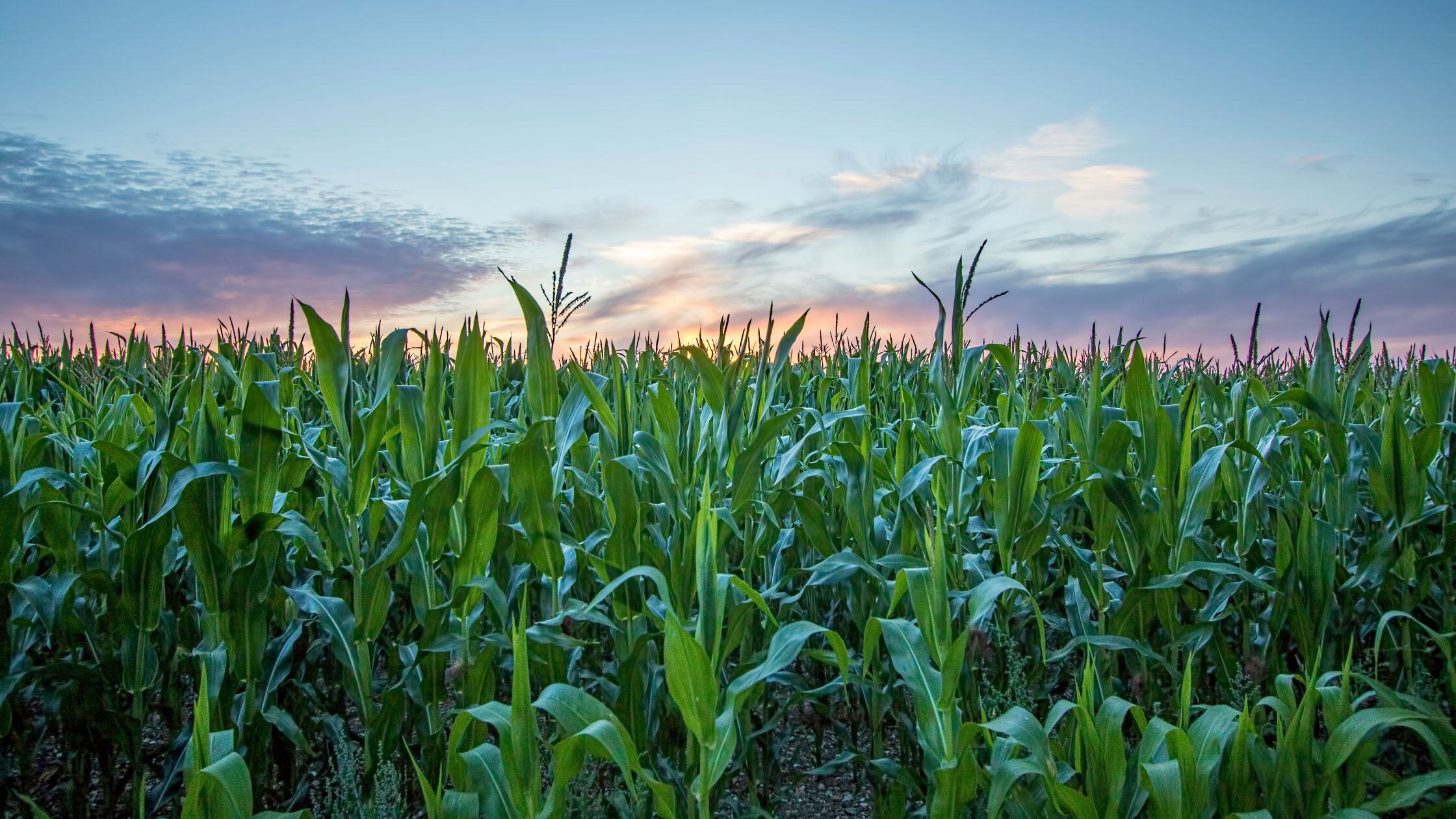
Related Case Studies
A Bluetooth® data logger can be used in sensor monitoring, utilizing Bluetooth Low Energy (BLE) to read data captured by a variety of sensors and tags. Bluetooth technology offers a cost-effective, energy-efficient solution for remote sensor monitoring, with its' low power consumption and ease of deployment. Discover the various sensors that utilize Bluetooth technology, their practical applications, and how they compare with other wireless solutions.
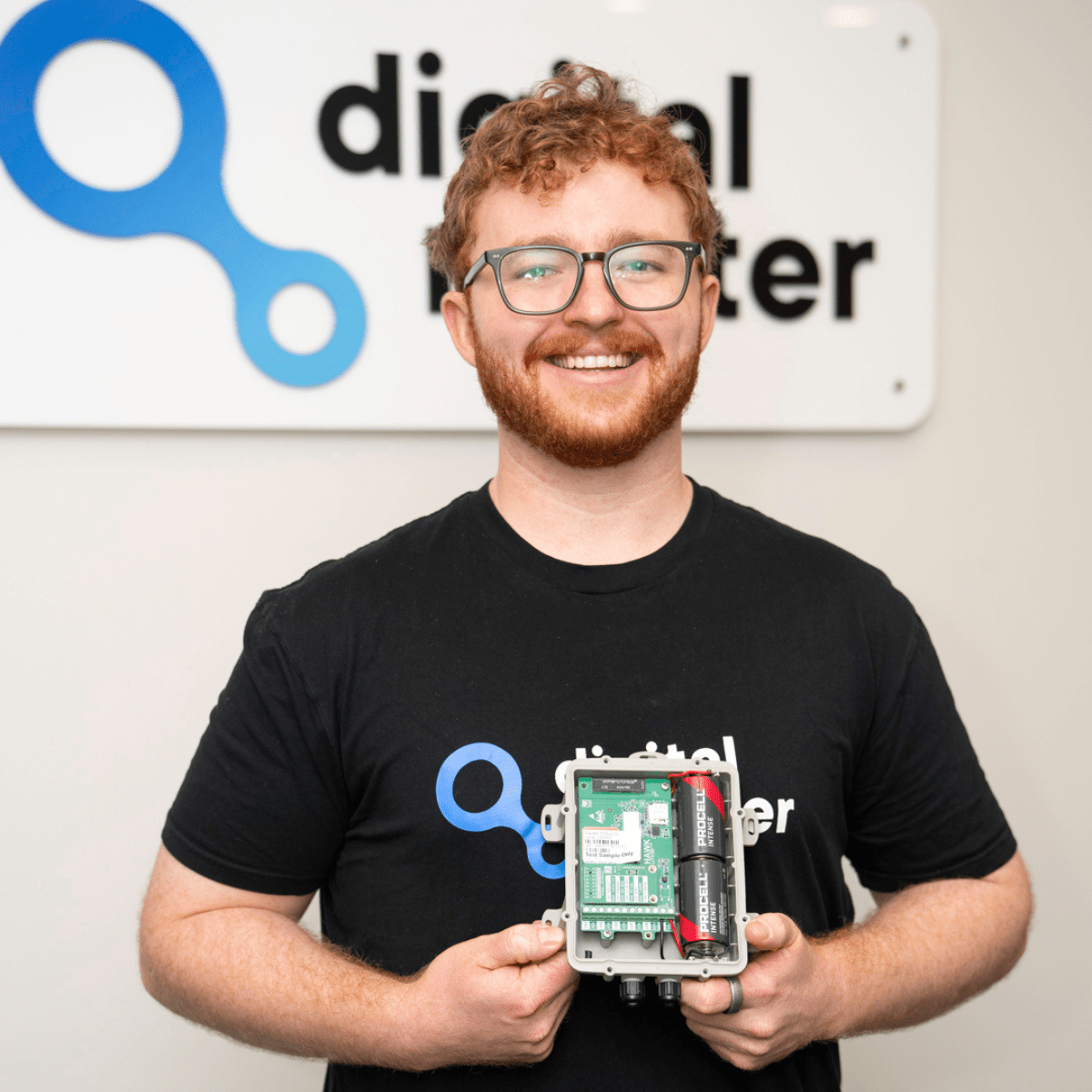
Related Case Studies
We have iterated on the low-power design DNA that permeates our entire product range to create a Hawk that can run for years using low-cost, Alkaline D Cell batteries.

Related Case Studies
Remote task management leverages IoT technology to facilitate the real-time control and monitoring of devices and systems. Utilizing IoT sensors, a series of parameters can be remotely monitored from anywhere in the world, with data sent to a designated end-platform for analysis and task automation.
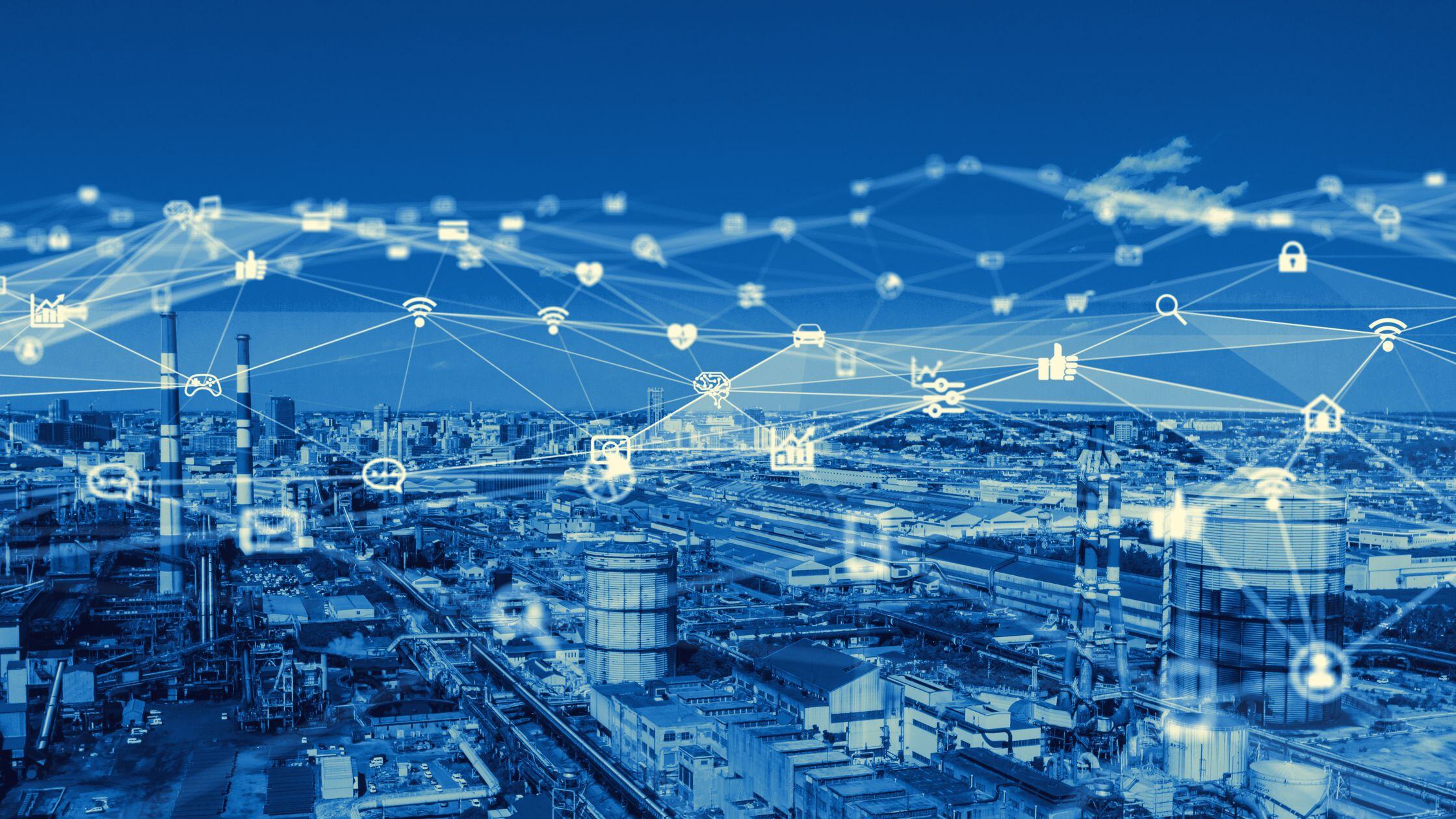
Related Case Studies
Modbus protocols are utilized in many industries such as industrial automation, building automation, and utility. Modbus offers an intuitive master-slave architecture that provides crucial data that aids in making timely decisions. Modbus remains a cornerstone in sensor monitoring due to its reliability, ease of implementation, and broad industry acceptance. Modbus data loggers help translate the data captured from Modbus protocols into a cloud-based platform to allow for remote monitoring.
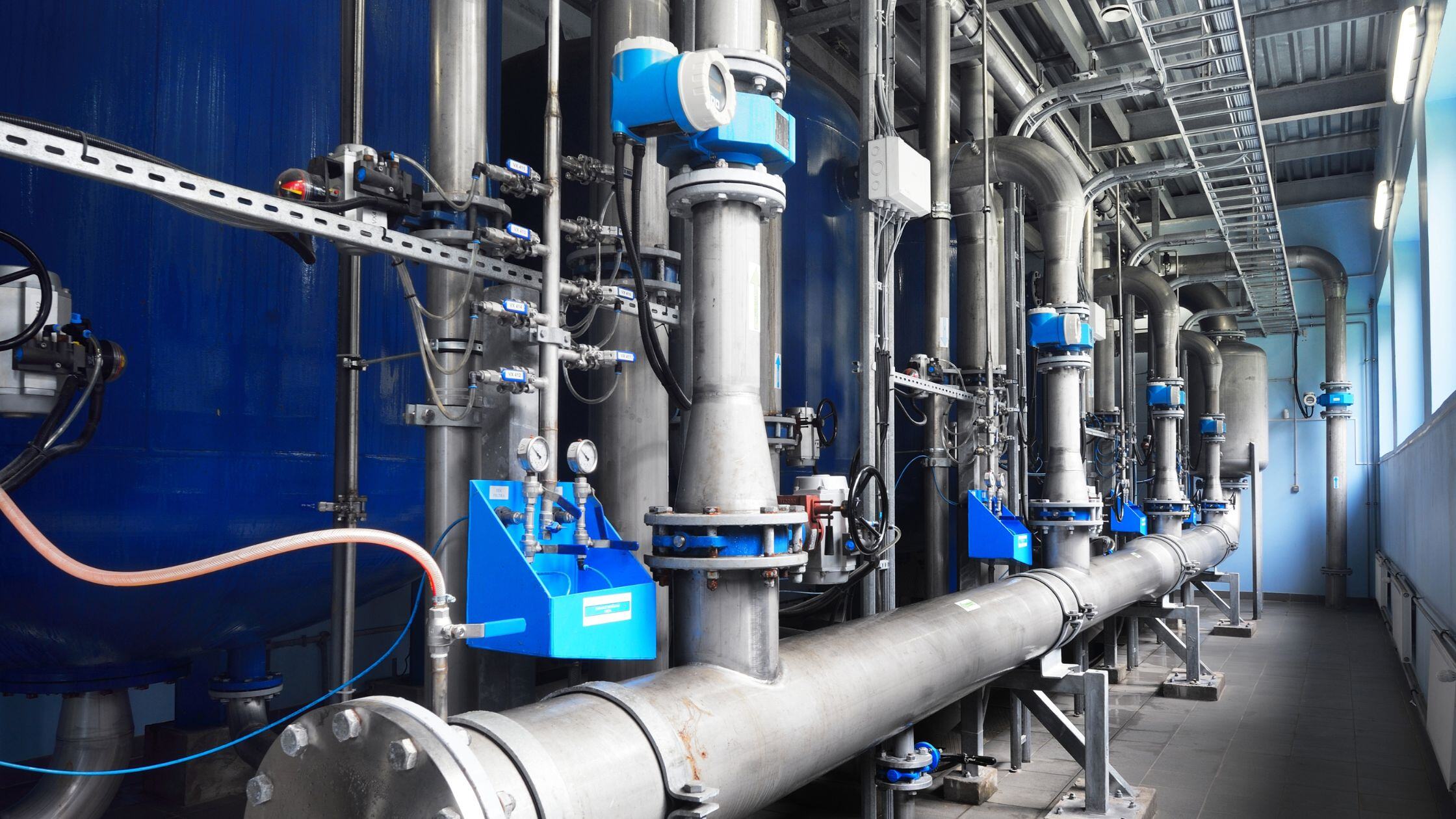
Related Case Studies
Water pressure management refers to monitoring and controlling the pressure within water systems. These systems comprise three components: a sensor, a water pressure datalogger, and a cloud-based platform.
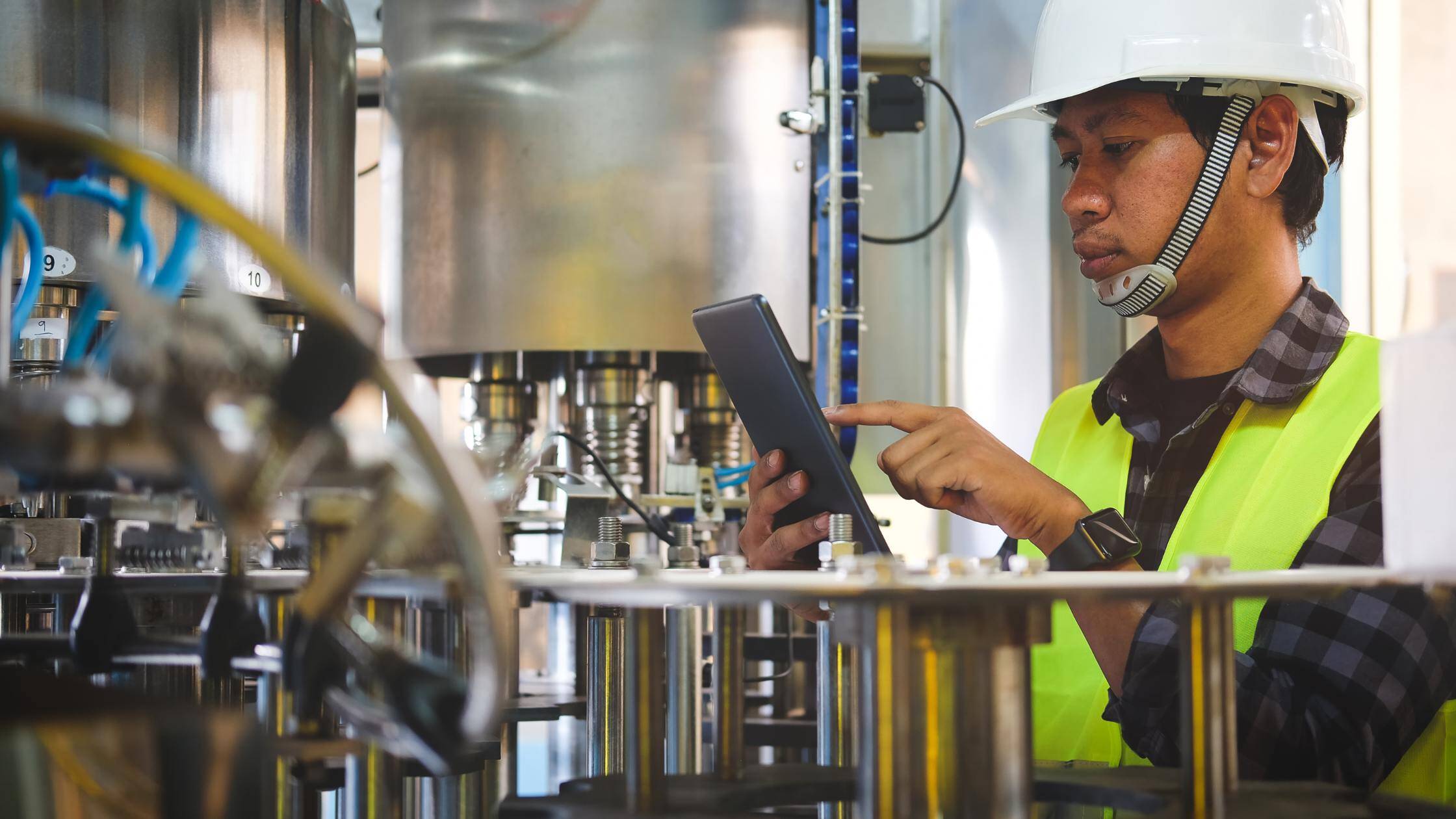
Related Case Studies
RS-485 is essential in industrial and building management systems, offering reliable long-distance communication and multi-device support. Its robust features ensure efficient sensor monitoring and data transmission in various applications, from automation to utility networks.
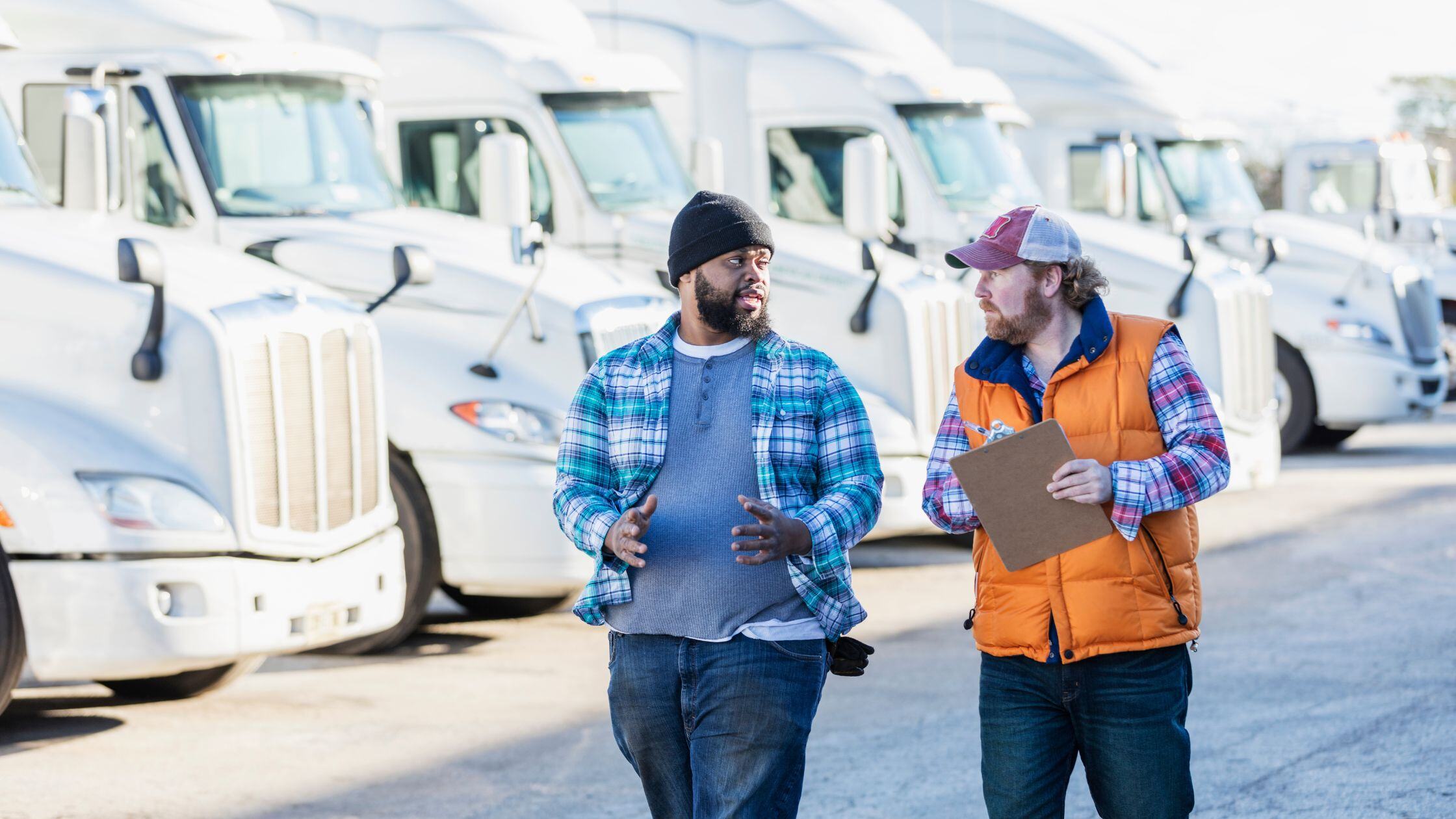
Related Case Studies
Explore how IoT remote monitoring is utilized in industries such as agriculture, healthcare, environmental management, and more. Remote monitoring paired with a data logger offers near-real-time insights into crucial data from a remote location. Ensuring timely decision-making and improved operational efficiency.